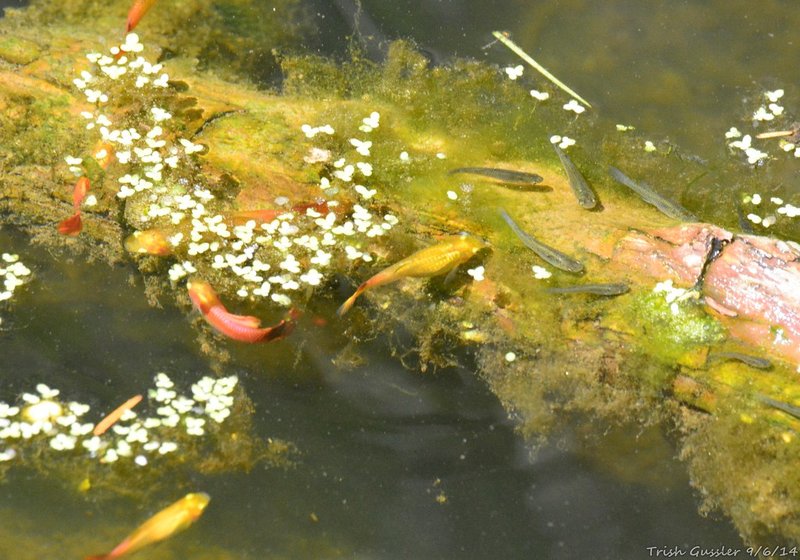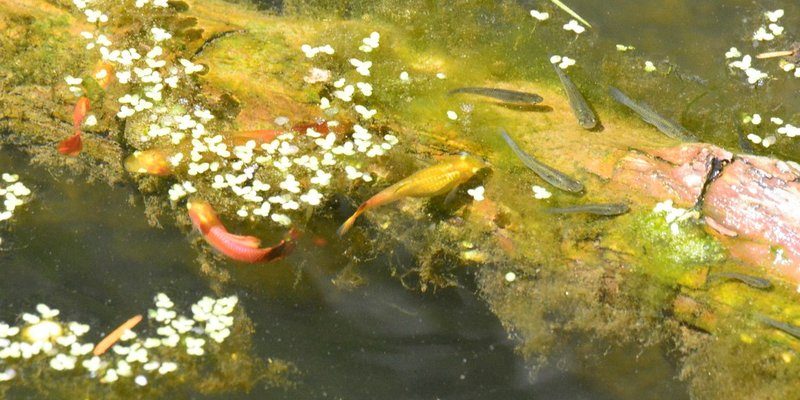
Imagine this: just as a bird chooses a tree with plenty of branches for nesting, the guppy tapeworm seeks specific environments to thrive. These environments are often tied to the biology of its host—guppies. By diving into the guppy tapeworm’s habitat preferences, we can appreciate the delicate balance of nature and the interactions between species. Let’s explore where these tapeworms like to live and what that means for their survival and the fish they depend on.
Understanding the Guppy Tapeworm
Before we dive into the specifics of habitat preferences, it’s important to grasp what the guppy tapeworm is all about. This parasitic flatworm, scientifically known as *Bothriocephalus acheilognathi*, primarily infects freshwater fish like guppies. It has a long, ribbon-like body that can grow several centimeters in length, essentially allowing it to anchor itself in the intestines of its host fish.
The guppy tapeworm gets its nutrients by absorbing what the guppy eats, which makes it a classic example of a parasite. It relies heavily on the health of its host. If the guppy is healthy and thriving, the tapeworm will find a cozy home and plenty of food. But if the guppy is stressed or unhealthy, the tapeworm’s living conditions can quickly change.
You might be wondering, “Why should we care about these creatures?” Well, studying them gives us insight into freshwater ecosystems and the dynamics of host-parasite relationships. It also helps in understanding disease dynamics in fish populations, which is crucial for maintaining healthy aquatic environments.
Preferred Water Conditions
Just like how you might prefer a comfy chair over a hard bench, guppy tapeworms have specific water conditions they thrive in. They are generally found in freshwater environments with a temperature range of 20-30°C (68-86°F). This warmth is essential for their growth and reproduction. The tapeworm thrives in stable temperatures, as drastic changes can affect their lifecycle negatively.
Water quality is another crucial factor. Guppy tapeworms prefer habitats with low to moderate levels of pollution. High levels of toxins or pollutants can weaken their host fish, making them less suitable for the tapeworm to thrive. In clean, healthy waters, both guppies and their tapeworms can flourish—think of it like a symbiotic friendship where both parties benefit from a good living environment.
Additionally, they enjoy slow-moving waters typical of ponds, lakes, and marshes, where they can attach themselves to their hosts. This is because these calm areas allow for more guppies to inhabit, giving the tapeworm plenty of opportunities for transmission and growth.
Types of Hosts
The guppy tapeworm is quite selective about its hosts. While it primarily targets guppies, it can also infect other small freshwater fish. In fact, any small fish that shares its habitat with guppies may become a potential host. This preference is not just about availability but also about compatibility.
Guppies offer a consistent and abundant source of nutrition for the tapeworms, thanks to their high reproductive rates and frequent schooling habits. When conditions are right, a new guppy population can provide a feast for the tapeworms, increasing their chances of survival and reproduction.
However, their host preference opens up a fascinating chain reaction in the ecosystem. As guppies swim through their environment, they can spread the tapeworm eggs through fecal matter. This allows the tapeworms to maintain their lifecycle and find new hosts, making their relationship with guppies a dynamic interaction that influences fish populations.
Environmental Impacts on Habitat
Environmental factors play a significant role in shaping the habitat of the guppy tapeworm. Changes in water temperature, flow rates, and pollution levels can dramatically alter their living conditions. For example, if a pond experiences a sudden increase in pollution due to runoff, both guppies and tapeworms could feel the effects, potentially leading to a decline in populations.
Climate change is also a concern. As water temperatures rise or fall outside their preferred ranges, the tapeworms could struggle to survive. They need stable conditions to sustain their life cycles, and if their host fish are stressed due to changing environments, it can impact their health as well.
You might think of this relationship as a web. Remove one strand, and the whole thing can start to unravel. Preserving healthy freshwater ecosystems is essential not just for the fish but for the guppy tapeworms that depend on them, illustrating the interconnectedness of life in our aquatic environments.
Life Cycle and Habitat Interaction
The life cycle of the guppy tapeworm is another interesting aspect of its habitat preferences. It involves multiple stages, starting with eggs released into the environment. These eggs hatch into larvae in the water, looking for hosts to continue their development. Once a guppy or suitable host fish consumes the larvae, the tapeworm can then grow and mature inside its new home.
This interaction dictates where we find guppy tapeworms. They’re more prevalent in areas with high populations of guppies due to their reproductive behavior. The more guppies, the more opportunities for the tapeworms to find hosts and complete their life cycles.
Also, it’s crucial to consider the timing. Certain seasons might see a spike in guppy populations, like during breeding seasons when they are more active. Consequently, this can lead to a higher number of tapeworms hitching a ride in their hosts during those peak times.
Human Impact on Tapeworm Habitat
Humans have a significant influence over the ecosystems where guppy tapeworms live. Activities such as fishing, pollution, and habitat destruction can dramatically alter their living conditions. You might have heard of how some freshwater bodies have become choked with invasive species or contaminated by agricultural runoff, making them hostile for native fish populations.
When guppy populations decline due to these anthropogenic factors, the tapeworms that rely on them will also suffer. This creates a ripple effect that can disrupt local ecosystems. Just imagine a chain reaction where the loss of one species leads to the decline of another—all because of human activities.
Conservation efforts that focus on protecting freshwater habitats can help ensure that both guppies and their tapeworms continue to thrive. By maintaining healthy waters, reducing pollution, and preserving natural habitats, we can support the entire ecosystem, including these often-overlooked parasites.
The habitat preferences of the guppy tapeworm reveal a complex interplay between organisms in freshwater ecosystems. These tapeworms depend on specific environmental conditions, host fish like guppies, and the health of their habitats to thrive. By understanding their needs and the factors that impact their populations, we gain insights into the broader health of our aquatic ecosystems.
It’s clear that every species plays a role, no matter how small. From the guppy to the guppy tapeworm, the relationships formed in nature can teach us valuable lessons about balance and interconnectedness. Protecting these ecosystems is crucial not just for the fish and parasites that live within them, but for the health of our planet as a whole. So, next time you see a fish swimming by, remember there’s more going on beneath the surface than meets the eye!

